At an online press conference on the afternoon of November 15, Mr. Shaokai Fan, Director of Asia-Pacific (excluding China) and Director of Global Central Banks at the World Gold Council, said that in the third quarter of 2024, total gold demand (including investment in the decentralized market) increased by 5% compared to the same period last year to 1,313 tons.
 |
| Mr. Shaokai Fan, Director of Global Central Banks at the World Gold Council |
This is reflected in a series of new record highs for gold in the third quarter of 2024. For the first time in history, total demand for gold increased by 35% compared to the same period last year, exceeding $100 billion.
Global gold investment demand more than doubled year-on-year to 364 tonnes.
Global gold exchange-traded funds (ETFs) recorded their first positive quarter since Q1 2022, with 95 tonnes of gold inflows. Western investors led the trend, but all regions saw positive inflows, reversing the large decline in H1 2024.
Total net purchases by central banks in the third quarter totaled 186 tonnes, a slowdown partly due to high prices. However, year-to-date purchases of 694 tonnes are on par with the same period in 2022.
Gold bar and coin demand fell 9% year-on-year, mainly due to declines in China, Türkiye and Europe. The decline in these markets was partly offset by a strong performance in India. Total demand year-to-date remained solid at 859 tonnes compared to the 10-year average of 774 tonnes.
Global jewellery consumption fell 12% to 459 tonnes as gold prices hit a new record high. However, the total value of demand rose 13%.
Global geopolitical tensions, domestic political and economic concerns, and expectations of rising gold prices have maintained ASEAN investors’ interest in gold in the third quarter, according to Shaokai Fan.
Demand for gold bars and coins in ASEAN countries: Thailand, Indonesia and Malaysia all recorded double-digit growth year-on-year. “Vietnam was an exception with a 33% quarter-on-quarter and 10% year-on-year decline in demand for gold bars and coins. The decline in gold demand in Vietnam could be attributed to the sharp rise in gold prices, which limited new purchases,” said Shaokai Fan.
Gold prices hit record highs, causing demand for gold jewelry to fall in ASEAN markets. The devaluation of the Vietnamese currency contributed to higher international gold prices and was the reason why demand for gold jewelry in Vietnam fell 15% compared to the previous quarter and 13% compared to the same period last year.
Central bank purchases slowed in Q3, although demand remained strong at 186 tonnes. Year-to-date central bank demand was 694 tonnes, in line with the same period in 2022.
Notable buyers in Q3 included: National Bank of Poland (42 tonnes); Reserve Bank of India (13 tonnes); Central Bank of Hungary (16 tonnes)
Gold sales were relatively quiet compared to Q2, with only three central banks reporting a decline in gold reserves of 1 tonne or more.
Commenting on the gold market outlook, Shaokai Fan said that central bank buying is still on track to grow strongly this year as jewelry purchases decline amid rising prices. Investment in gold bars and coins is expected to remain stable as supply increases with a major boost from producers for a record year.
Key factors driving the gold market outlook for Q4/2024 and the full year are: Interest rate cuts, particularly in the US and Europe, combined with geopolitical risks, are likely to further boost investment demand for gold.
“High gold prices are likely to continue to dampen demand for gold jewelry, and price stability or a significant improvement in the economic outlook is needed to change this trend,” Shaokai Fan stressed.
In addition, geopolitical uncertainty, stemming from escalating tensions in the Middle East and a highly polarized US presidential election, is driving increased investment interest and lower-than-expected recycling activity.


![[Photo] General Secretary To Lam receives Japanese Ambassador to Vietnam Ito Naoki](https://vstatic.vietnam.vn/vietnam/resource/IMAGE/2025/4/3/3a5d233bc09d4928ac9bfed97674be98)


![[Photo] Special relics at the Vietnam Military History Museum associated with the heroic April 30th](https://vstatic.vietnam.vn/vietnam/resource/IMAGE/2025/4/3/a49d65b17b804e398de42bc2caba8368)
![[Photo] Moment of love: Myanmar people are moved to thank Vietnamese soldiers](https://vstatic.vietnam.vn/vietnam/resource/IMAGE/2025/4/3/9b2e07196eb14aa5aacb1bc9e067ae6f)

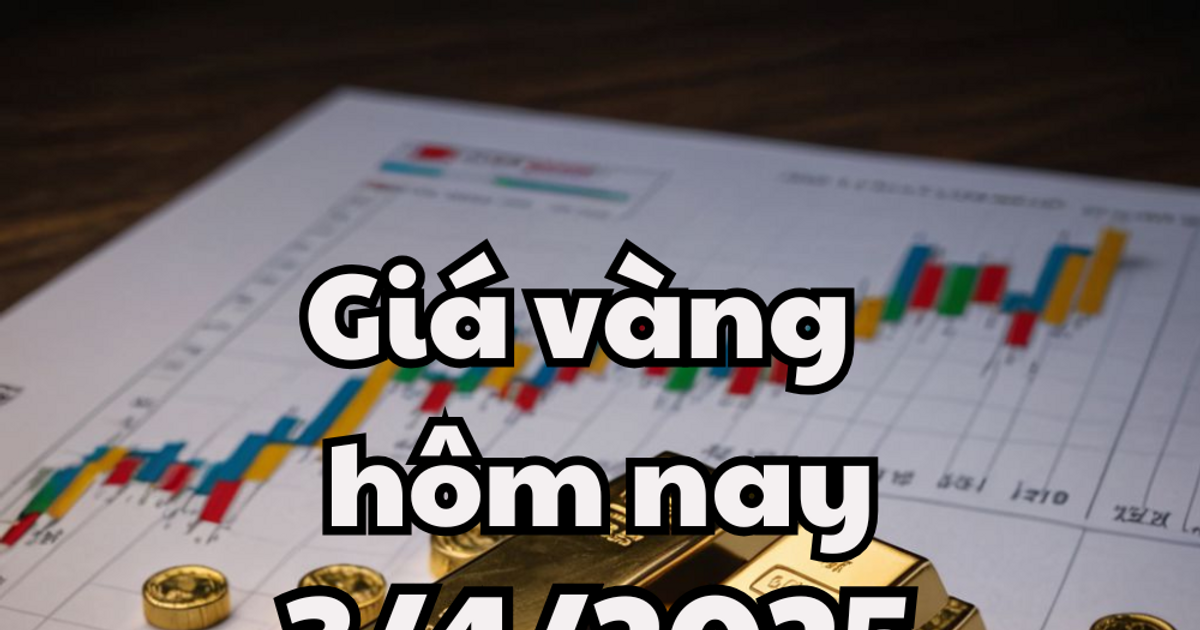
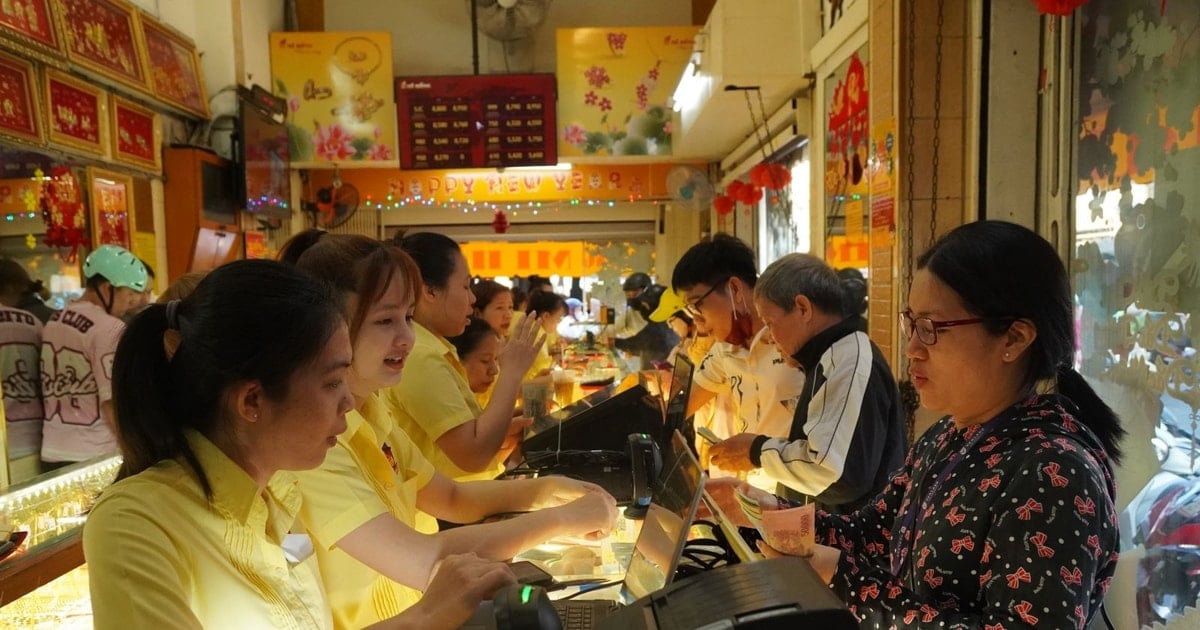


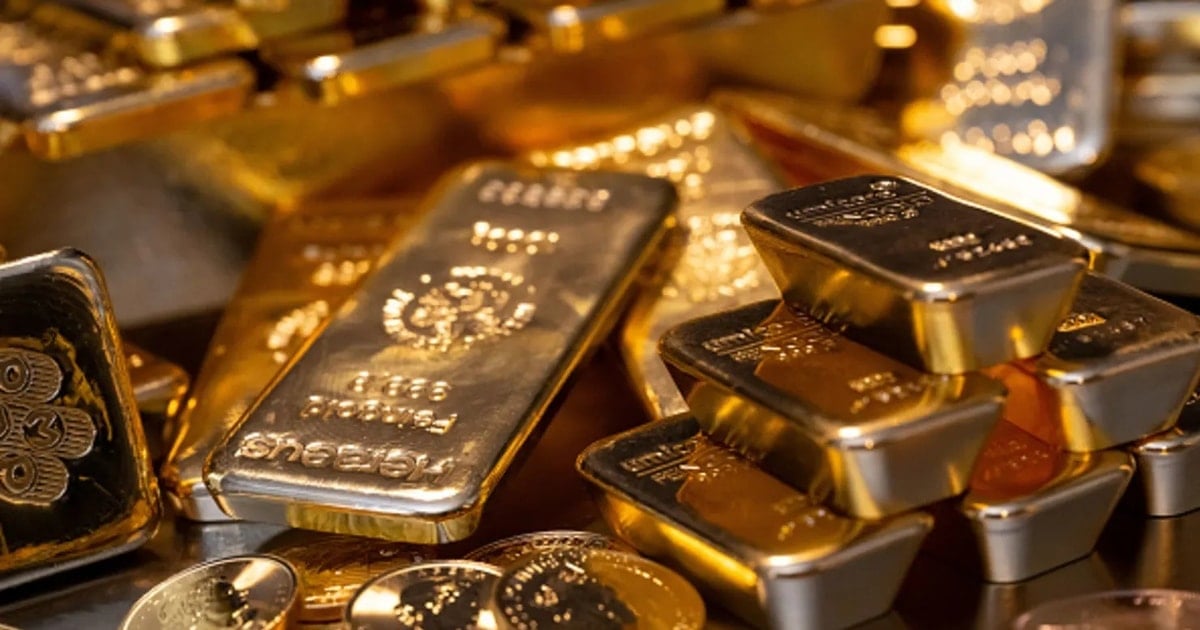



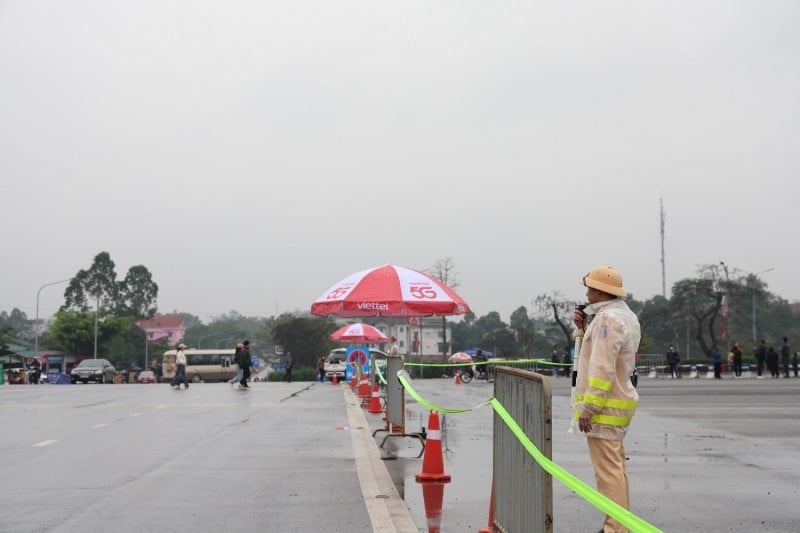











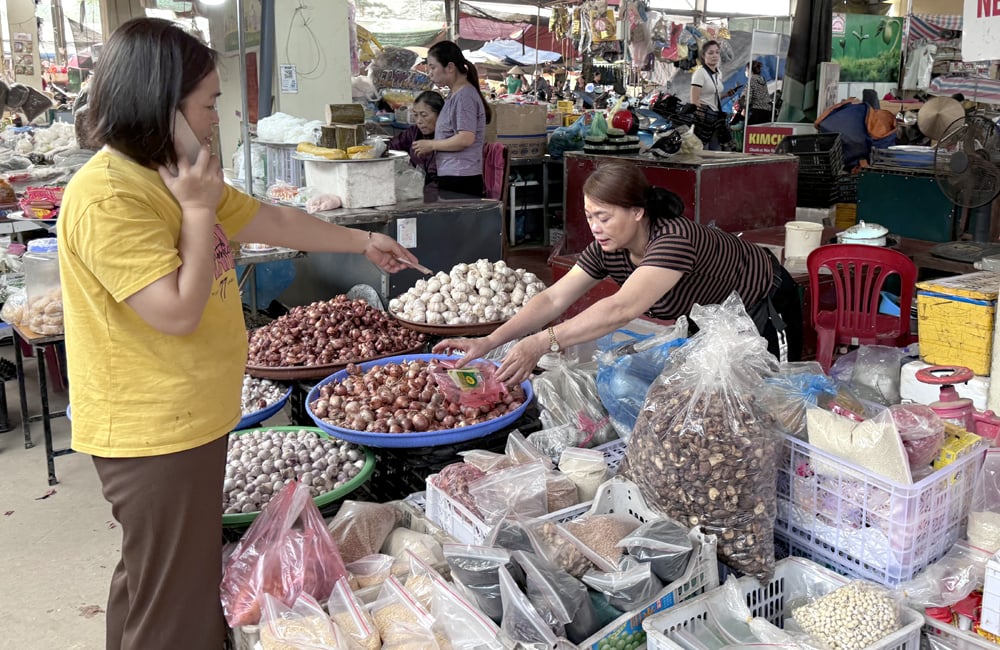






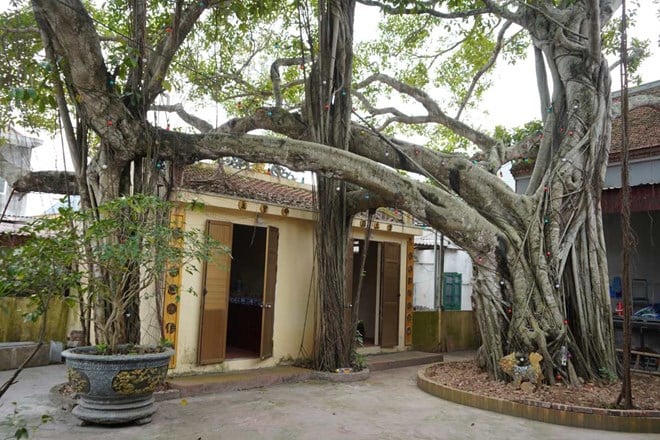























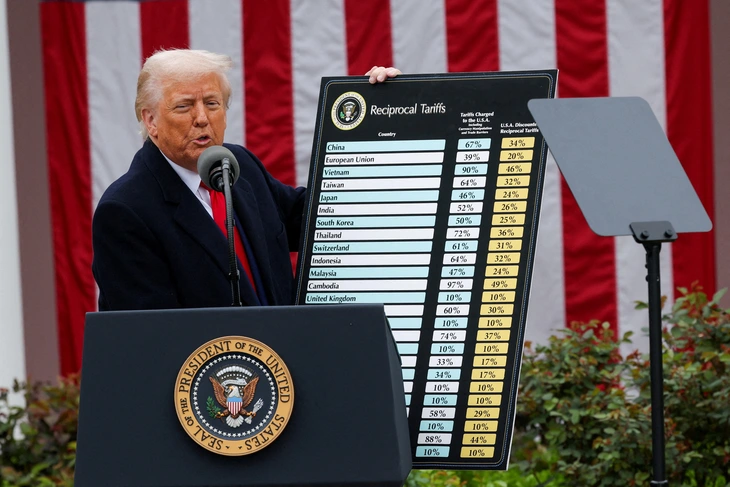
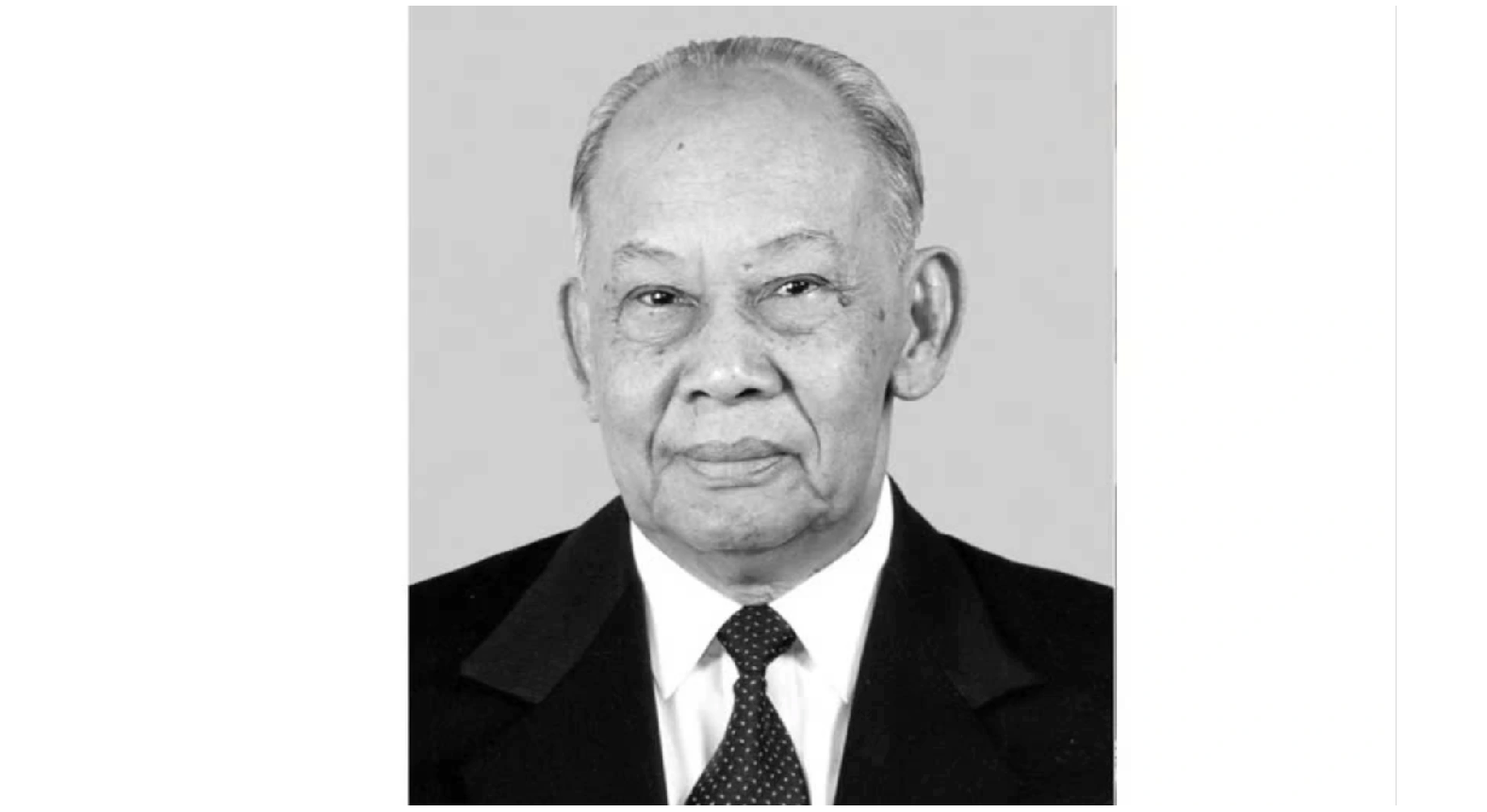








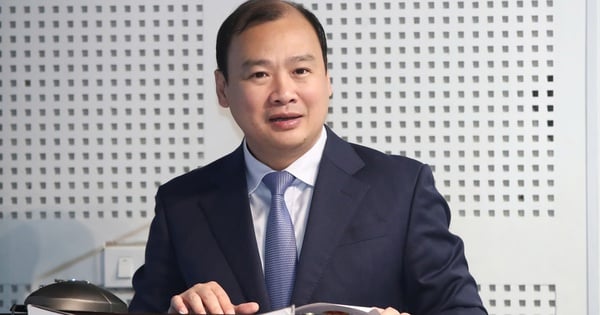




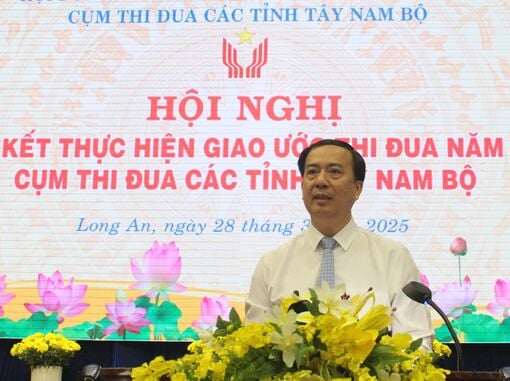














Comment (0)